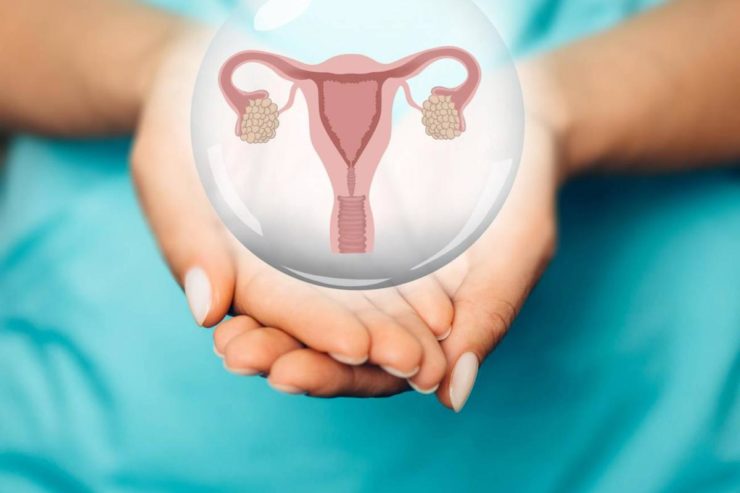Primary Amenorrhea
Primary amenorrhea is defined as the absence of menses at age 15 years in the presence of normal growth and secondary sexual characteristics. The identification of primary amenorrhea should always prompt a thorough evaluation to identify a cause
What is the most common cause of primary amenorrhea?
Primary amenorrhea refers to the absence of menstruation in someone who has not had a period by age 15. The most common causes of primary amenorrhea relate to hormone levels, although anatomical problems also can cause amenorrhea.
Signs and symptoms Primary amenorrhea
Missing a period is the main sign of amenorrhea. Other symptoms can include excess facial hair, hair loss, headache, lack of breast development, and vision changes.
Primary amenorrhea is not a life-threatening disease but can result in significant complications.
What happens if amenorrhea goes untreated?
Left untreated, amenorrhea can lead to the following possible complications: Cardiovascular disease. A lack of estrogen can also cause cardiovascular problems, making someone at increased risk of heart attack or problems with the heart muscle and blood vessels. Infertility.

